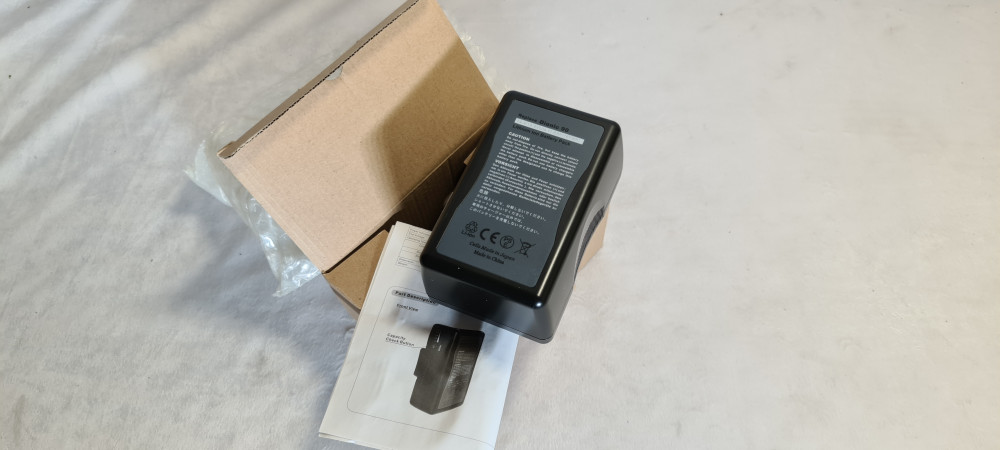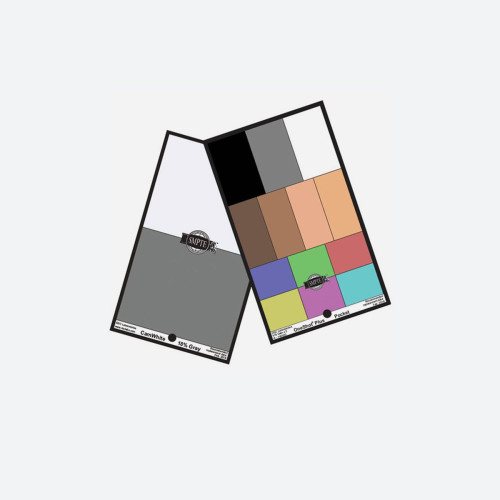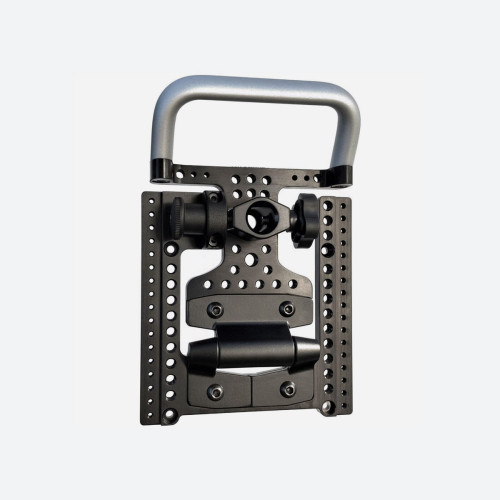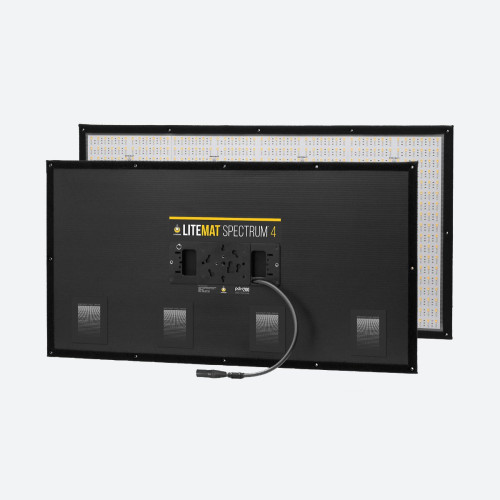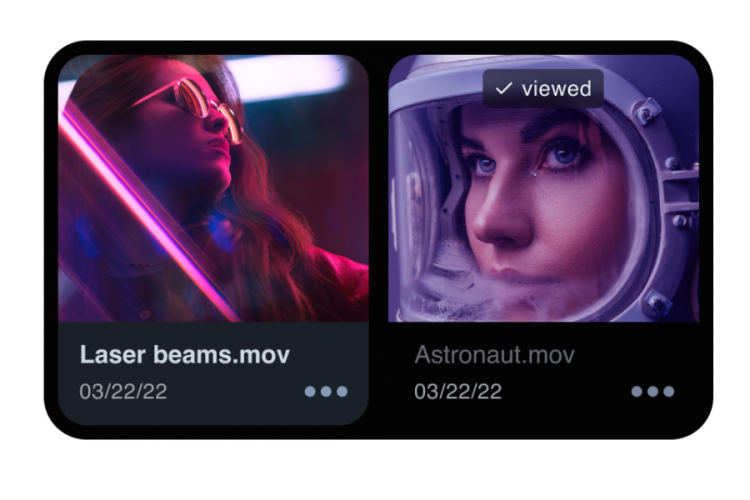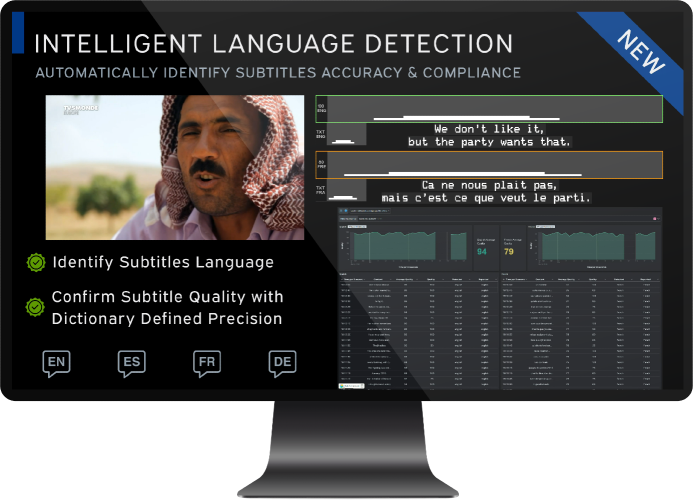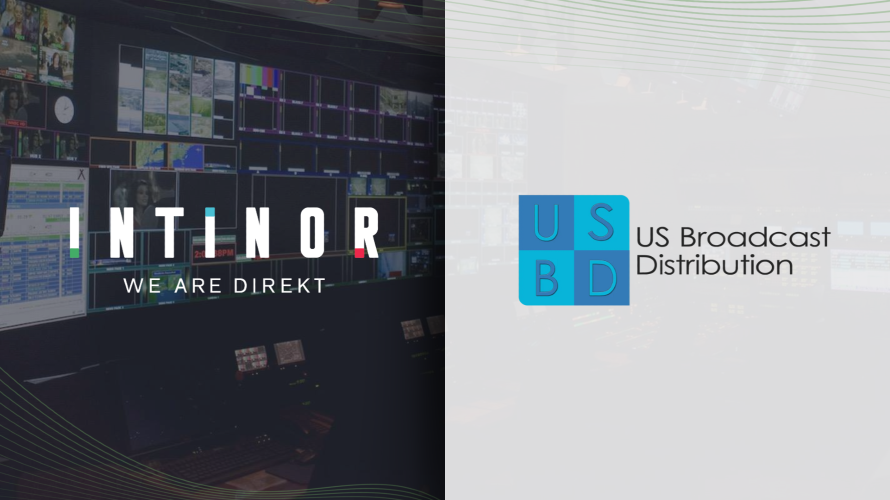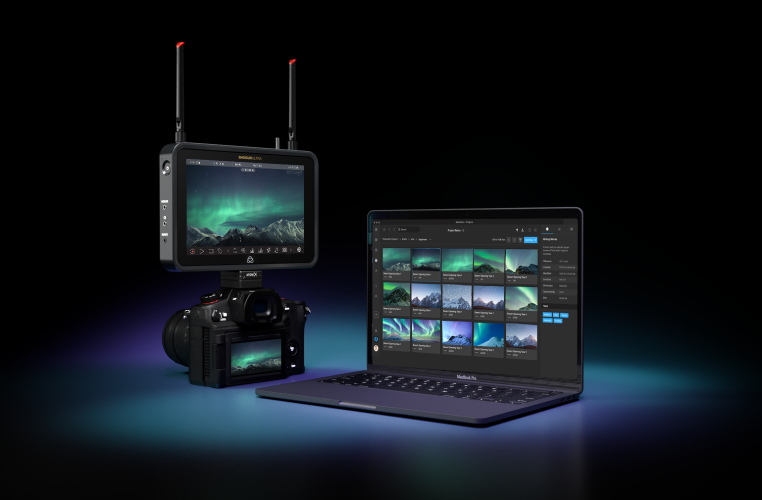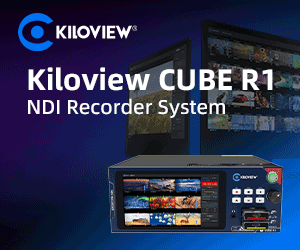by Dick Hobbs Issue 113 - May 2016
I am writing this is the immediate aftermath of yet another NAB. For me that means a week of walking around,talking to a wide variety of people and taking the temperature of the industry.
This year I developed a theory that there were three sorts of companies exhibiting at NAB,or at least three sorts of spokesmen I talked to. There were a few businesses who understood the real issues and knew how to address them.
The majority I spoke to who had some idea of what was needed but were heading in more or less the wrong direction. And there were a few who really did not understand the question,let alone have any answers.
To take a classic example,there was a lot of 4k about,and also a lot of high dynamic range and extended colour gamu on display. What I failed to find anywhere was anyone showing HDR on HD,which is the real future. There were simply a lot of people desperately trying to perpetuate the myth that 4k and HDR go together like a horse and carriage: you can\'t have one without the other.
On the Sunday afternoon,before the show started,the estimable Joe Zaller of Devoncroft Partners ran an absolutely fascinating conference session,of which sadly I could only attend the first hour. He revealed he has a lot of evidence that US broadcasters have rejected 4k. "They see it better to spend the money on,say,more super slo-mo - you can tell better stories that way,\" he said.
His colleague Josh Stinehour did a breathtaking presentation on the current economic state of the industry. The fascinating insights kept coming faster than I could note them down. But here is a killer fact: traditional broadcasting is the green solution. To move all of US television to the internet would demand an additional 5.5 gigawatts of power just for delivery. According to Josh,that means building another six nuclear power plants. If there was a big new thing,it was so-called "virtual reality",by which people mean actual reality,as seen by a 360 degree camera rig and a headset. Headsets range from mobile phones in a variety of Heath Robinson rigs to the handsomely priced Oculus Rift.
One of the big draws was the Nokia stand where they launched a dedicated camera assembly,the Ozo,which has eight cameras in a small sphere. The stand was always very busy,which I am sure was because of the chance to try a headset and not because it was entirely staffed by models in shiny and very short playsuits. (Really? In 2016 we still have booth bimbos?)
For me, it is back to Joe\'s point about telling better stories. If your audience can see all around them (ignoring,for the moment, where you put the lights and the crew), then how do you know they are looking in the right direction for an important plot point?
I can see the advantages of 360 vision for looking around a hotel room before you book it,but I really cannot imagine how you could use it in a narrative.
Another new buzzword alert: the future is all about micro-services. Apparently. One vendor told me that this meant "you can just target the pain points". Which would be fine if we had simple and reliable methods by which different bits of systems could talk to each other. The reality is that we have now achieved a three-layer confusion model,with standards and recommendation bodies codifying what we should do; industry groups like Aims and Aspen advocating particular sets of standards; and the IABM offering an endorsement scheme for industry groups to help us determine which ones are genuinely chasing an open situation and which are promoting proprietary technology.
Not said to me,but reported to me by a very reliable source: one vendor announced that virtualisation was not the way to go,but rather containerisation. Is there a practical difference between the two concepts? Not as far as I can see: it is all about how much VMW you need. Will it sow the seeds of yet more confusion in an industry which is already struggling with a revolution? You really do not need me to answer that. The good news is that a pleasing number of people finally understand the difference between virtualisation and the cloud. But there is still little agreement on how best the cloud can be used. One vendor confidently told me that it is only economically viable to use the cloud for two and a half years. But he was the same vendor who told me that his newsroom system deleted the high resolution files of any archive content which had not been accessed in 18 months. That will make obituaries a lot less informative in future.
And the final piece of confusing-and probably downright wrong-piece of information I came away with was that NAB 2016 saw 103,012 visitors. Yea,right. I\'ve seen busy NABs,and they are distinguished by hour-long taxi queues and the inability to get into any decent restaurant,neither of which were problems this year. I\'ve said it before and I will say it again: NAB has to find a way of delivering honest, accurate statistics.




